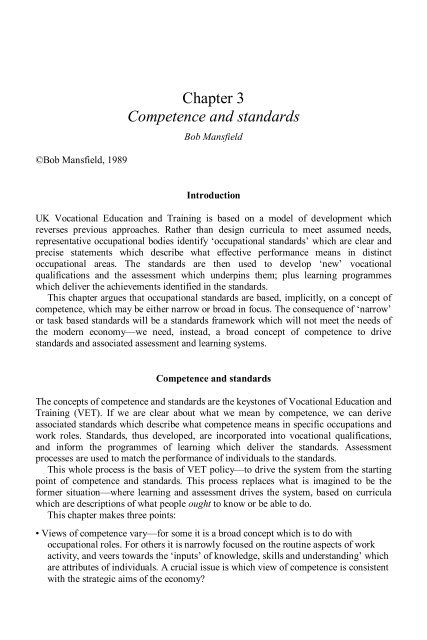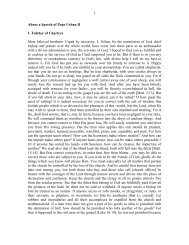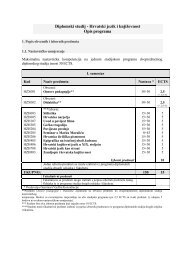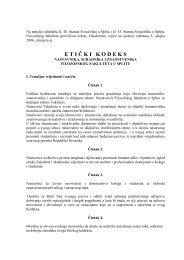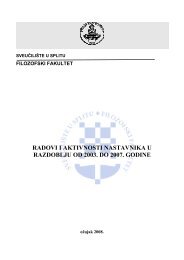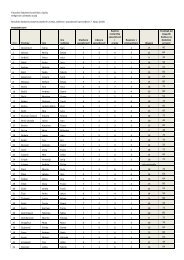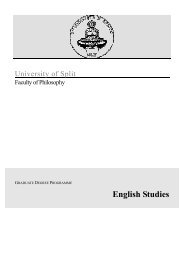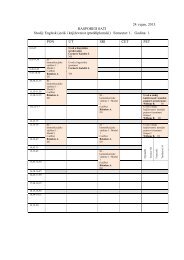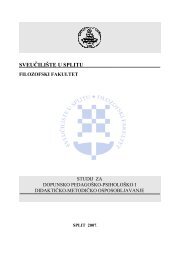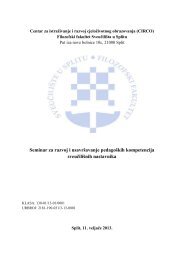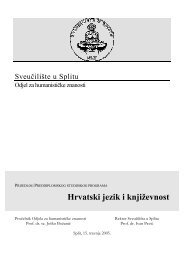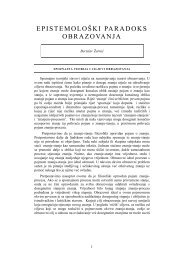Competency Based Education and Training
Competency Based Education and Training
Competency Based Education and Training
Create successful ePaper yourself
Turn your PDF publications into a flip-book with our unique Google optimized e-Paper software.
©Bob Mansfield, 1989<br />
Chapter 3<br />
Competence <strong>and</strong> st<strong>and</strong>ards<br />
Bob Mansfield<br />
Introduction<br />
UK Vocational <strong>Education</strong> <strong>and</strong> <strong>Training</strong> is based on a model of development which<br />
reverses previous approaches. Rather than design curricula to meet assumed needs,<br />
representative occupational bodies identify ‘occupational st<strong>and</strong>ards’ which are clear <strong>and</strong><br />
precise statements which describe what effective performance means in distinct<br />
occupational areas. The st<strong>and</strong>ards are then used to develop ‘new’ vocational<br />
qualifications <strong>and</strong> the assessment which underpins them; plus learning programmes<br />
which deliver the achievements identified in the st<strong>and</strong>ards.<br />
This chapter argues that occupational st<strong>and</strong>ards are based, implicitly, on a concept of<br />
competence, which may be either narrow or broad in focus. The consequence of ‘narrow’<br />
or task based st<strong>and</strong>ards will be a st<strong>and</strong>ards framework which will not meet the needs of<br />
the modern economy—we need, instead, a broad concept of competence to drive<br />
st<strong>and</strong>ards <strong>and</strong> associated assessment <strong>and</strong> learning systems.<br />
Competence <strong>and</strong> st<strong>and</strong>ards<br />
The concepts of competence <strong>and</strong> st<strong>and</strong>ards are the keystones of Vocational <strong>Education</strong> <strong>and</strong><br />
<strong>Training</strong> (VET). If we are clear about what we mean by competence, we can derive<br />
associated st<strong>and</strong>ards which describe what competence means in specific occupations <strong>and</strong><br />
work roles. St<strong>and</strong>ards, thus developed, are incorporated into vocational qualifications,<br />
<strong>and</strong> inform the programmes of learning which deliver the st<strong>and</strong>ards. Assessment<br />
processes are used to match the performance of individuals to the st<strong>and</strong>ards.<br />
This whole process is the basis of VET policy—to drive the system from the starting<br />
point of competence <strong>and</strong> st<strong>and</strong>ards. This process replaces what is imagined to be the<br />
former situation—where learning <strong>and</strong> assessment drives the system, based on curricula<br />
which are descriptions of what people ought to know or be able to do.<br />
This chapter makes three points:<br />
• Views of competence vary—for some it is a broad concept which is to do with<br />
occupational roles. For others it is narrowly focused on the routine aspects of work<br />
activity, <strong>and</strong> veers towards the ‘inputs’ of knowledge, skills <strong>and</strong> underst<strong>and</strong>ing’ which<br />
are attributes of individuals. A crucial issue is which view of competence is consistent<br />
with the strategic aims of the economy?


